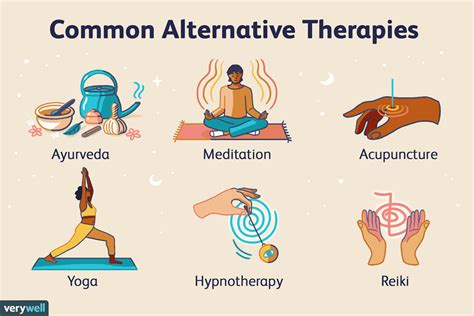Introduction
Cats are increasingly becoming a part of our families, and with that comes a growing interest in their health and well-being. Traditional Western medicine has long been the go-to for pet care, but in recent years, alternative therapies such as acupuncture have gained popularity.

What is Cat Acupuncture?
Acupuncture is an ancient Chinese healing technique that involves inserting thin needles into specific points on the body. In cats, acupuncture is used to treat a wide range of conditions, including:
- Pain
- Arthritis
- Respiratory problems
- Digestive issues
- Behavioral problems
How Does Cat Acupuncture Work?
Acupuncture works by stimulating the body’s natural healing response. When a needle is inserted into an acupuncture point, it triggers the release of endorphins, which have pain-relieving and anti-inflammatory effects. Acupuncture also improves blood flow and circulation, which can help to reduce inflammation and promote healing.
Benefits of Cat Acupuncture
Acupuncture has a number of benefits for cats, including:
- Reduces pain and inflammation
- Improves mobility
- Boosts the immune system
- Reduces stress and anxiety
- Improves overall well-being
Risks of Cat Acupuncture
Acupuncture is generally a safe procedure, but there are some risks involved. These risks include:
- Bleeding
- Infection
- Nerve damage
- Pain at the injection site
It is important to note that acupuncture should only be performed by a qualified veterinarian.
Cat Acupuncture vs. Traditional Western Medicine
Acupuncture and traditional Western medicine are both effective treatments for a variety of conditions in cats. However, there are some key differences between the two approaches.
- Acupuncture is a holistic approach to healing, which means that it treats the whole body, not just the symptoms.
- Traditional Western medicine is a more focused approach to healing, which means that it treats only the symptoms.
- Acupuncture is a less invasive approach to healing, which means that it does not require surgery or medication.
- Traditional Western medicine is a more invasive approach to healing, which means that it often requires surgery or medication.
Alternative Medicine for Cats
In addition to acupuncture, there are a number of other alternative therapies that can be used to treat cats. These therapies include:
- Herbal medicine
- Homeopathy
- Chiropractic care
- Massage therapy
These therapies can be used to treat a wide range of conditions, including:
- Pain
- Arthritis
- Respiratory problems
- Digestive issues
- Behavioral problems
Conclusion
Acupuncture and alternative medicine can be effective treatments for a variety of conditions in cats. However, it is important to remember that these therapies should only be used in conjunction with traditional Western medicine. By working together, these two approaches can provide the best possible care for your cat.
Frequently Asked Questions
- Q: How much does cat acupuncture cost?
- A: The cost of cat acupuncture varies depending on the veterinarian and the condition being treated. However, it typically costs between $50 and $100 per session.
- Q: How often do cats need acupuncture?
- A: The frequency of acupuncture treatments will vary depending on the condition being treated. However, most cats will need to be treated once or twice a week for several weeks.
- Q: Are there any side effects to cat acupuncture?
- A: Acupuncture is generally a safe procedure, but there are some possible side effects, such as bleeding, infection, nerve damage, and pain at the injection site.
- Q: What are the benefits of cat acupuncture?
- A: Acupuncture can help to reduce pain, improve mobility, boost the immune system, reduce stress and anxiety, and improve overall well-being.
Further Reading
- Acupuncture for Cats
- Alternative Medicine for Cats
- [The Benefits of Acupuncture for Cats](https://www.thesprucepets.com/benefits-of-acupuncture-for-cats-





















